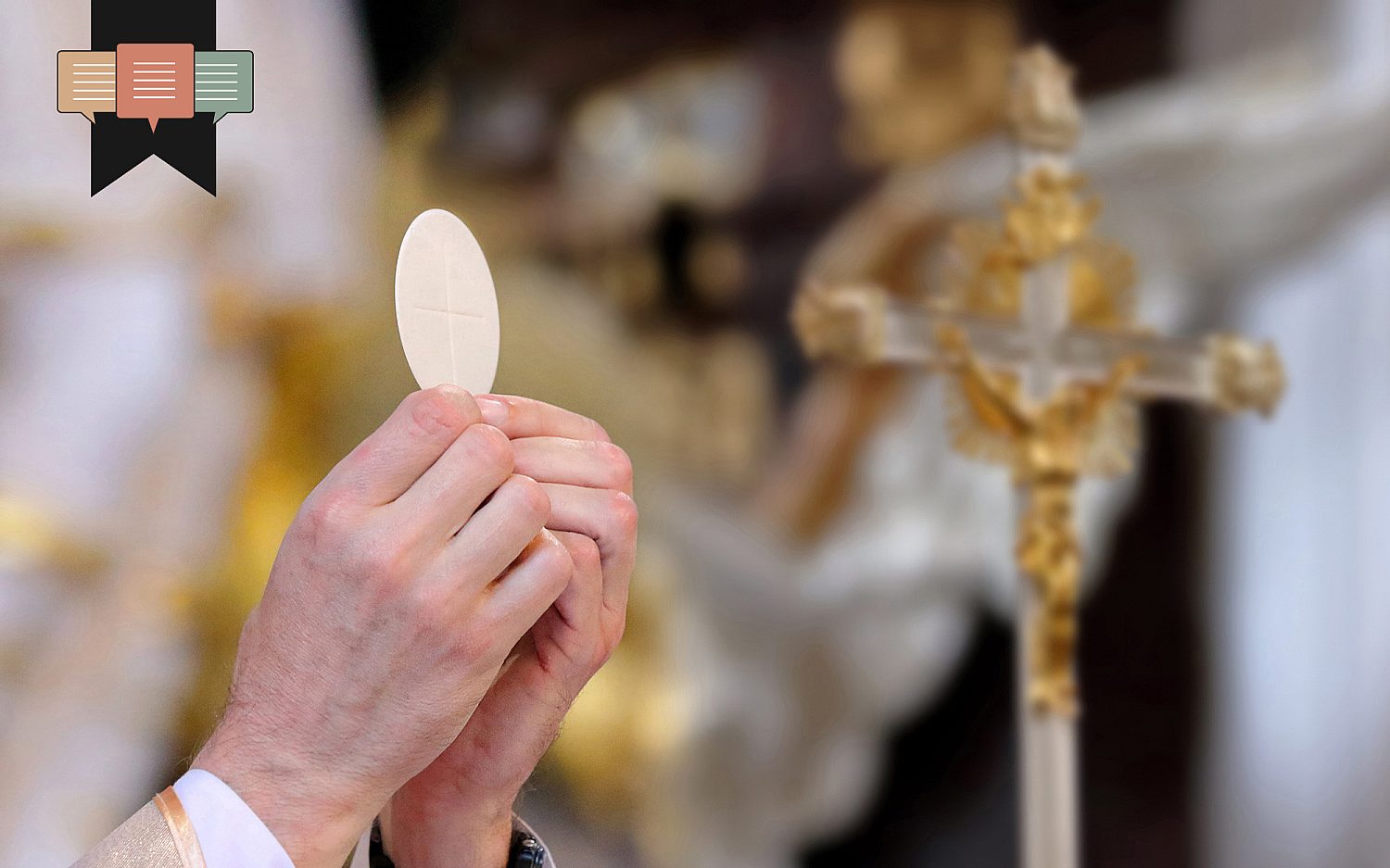A church without a mission
Having severed itself from authentic Christianity, the PCUSA gives up on the Great Commission
Full access isn’t far.
We can’t release more of our sound journalism without a subscription, but we can make it easy for you to come aboard.
Get started for as low as $3.99 per month.
Current WORLD subscribers can log in to access content. Just go to "SIGN IN" at the top right.
LET'S GOAlready a member? Sign in.
The Presbyterian Church (USA) is shuttering its foreign mission work. Nearly all its missionaries have been terminated. The stated reasons for this move include a drop in the missionary force over the past 15 years and the financial repercussions of ongoing membership decline.
It is undoubtedly true that membership losses and financial struggles played a crucial role in this decision, but this is hardly the whole story. If anything, these issues are the nail in the proverbial coffin. Like other mainline Protestant denominations, the PCUSA has been declining for decades. The roots of that decline are ultimately theological, not financial. Furthermore, liberal Presbyterian decline is not a recent phenomenon but has its roots in a controversy that began a century ago.
In the 1920s and 1930s, American Protestants endured a number of denominational disputes that collectively came to be called the Fundamentalist-Modernist Controversy. In each instance, theological liberals gradually gained control over denominational institutions and leading pulpits. Those liberals, the “modernists,” promoted an updated vision of Christianity that they believed better suited the concerns of the modern world. They called for the redefinition of older ideas like biblical inspiration, human sinfulness, the person and work of Christ, and salvation.
As modernists gained power, theological conservatives resisted the promulgation of liberal theology and its implications. These conservative dissenters came to be called “fundamentalists” because they contended for the fundamentals of biblical Christianity. The world didn’t need some revised version of the faith that tickled the ears of modern man. Rather, people still needed to hear that the Bible is an authoritative and truthful revelation from God, that all people are sinners, that Jesus is fully God and fully man, that He died for our sins and rose again on the third day, and that there is no salvation found outside of faith in Jesus.
The two major fronts in the Fundamentalist-Modernist Controversy were theological seminaries and foreign mission agencies, and they were closely connected. Seminaries educate future pastors and missionaries, so they necessarily shape how emerging church leaders think about the Bible, human nature, the gospel, and the Great Commission. Liberal pastors educated in modernist seminaries increasingly preached a social gospel that emphasized progressive social ethics and minimized the reality of personal sin and the need for salvation. Liberal missionaries focused their efforts on education, medical services, and economic development, often to the exclusion of evangelism and church planting.
The Presbyterian Church in the United States of America, also called the Northern Presbyterian Church, was at the center of the Fundamentalist-Modernist Controversy. Modernists and their pragmatically minded “moderate” allies gained control of denominational institutions, especially Princeton Theological Seminary and the Presbyterian Board of Foreign Missions. Theological conservatives challenged these changes. The conservatives established Westminster Theological Seminary (1929) and the Independent Board for Presbyterian Foreign Missions (1933) as alternatives to the modernist denominational agencies. Ultimately, most conservatives left the denomination for new groups, most notably the Orthodox Presbyterian Church (1936).
The most important Presbyterian conservative was the brilliant New Testament scholar J. Gresham Machen, who served for decades on the faculty of Princeton Seminary. Machen helped found Westminster Seminary, the Independent Board, and the Orthodox Presbyterian Church. Most importantly, he wrote the definitive interpretation of theological liberalism and the threat it poses to authentic Christianity.
In Christianity and Liberalism (1923), Machen argued that modernism wasn’t an updated form of Christianity but was rather a different religion that rivalled biblical Christianity. Theological liberals may use the same vocabulary as Christianity, but they are working from a different dictionary because of their rejection of biblical inspiration and other fundamental doctrines. Liberalism doesn’t lead to the renewal of Christianity for the modern world but results in the rejection of authentic Christianity altogether. The end product of liberalism is unbelief.
History has proven Machen a prophet. In 1983, the Presbyterian Church in the United States of America was one of the historically Reformed denominations that merged into what is now the Presbyterian Church (USA). In 1983, the PCUSA had over 3.1 million members. Today, membership is less than 1.1 million members. The PCUSA is committed to progressive theology and social ethics. Several of its seminaries have elite reputations, but all of them are liberal and declining. Churches continue to leave the denomination because of its progressive drift, especially the ordination of LGBTQ individuals. None of this is a recipe for a robust commitment to Great Commission faithfulness.
The story of mainline Presbyterianism over the past 100 years is a cautionary tale. Theological liberalism is incompatible with authentic Christianity. When churches or denominations begin to adjust to the spirit of the age, they inevitably deny the faith that was once and for all delivered to the saints (Jude 3).
These daily articles have become part of my steady diet. —Barbara
Sign up to receive the WORLD Opinions email newsletter each weekday for sound commentary from trusted voices.Read the Latest from WORLD Opinions
R. Albert Mohler Jr. | Response to release of security video shows deep division between liberals and conservatives
Barton J. Gingerich | The deeply rooted problem with a convert to Roman Catholicism administering the Lord’s Supper in a PCA church
Nathan Leamer | We should view artificial intelligence as a potential opportunity for the Church
Joe Rigney | Slayings in Charlotte, Minneapolis, and Nashville reveal a deep spiritual abyss in America






Please wait while we load the latest comments...
Comments
Please register, subscribe, or log in to comment on this article.